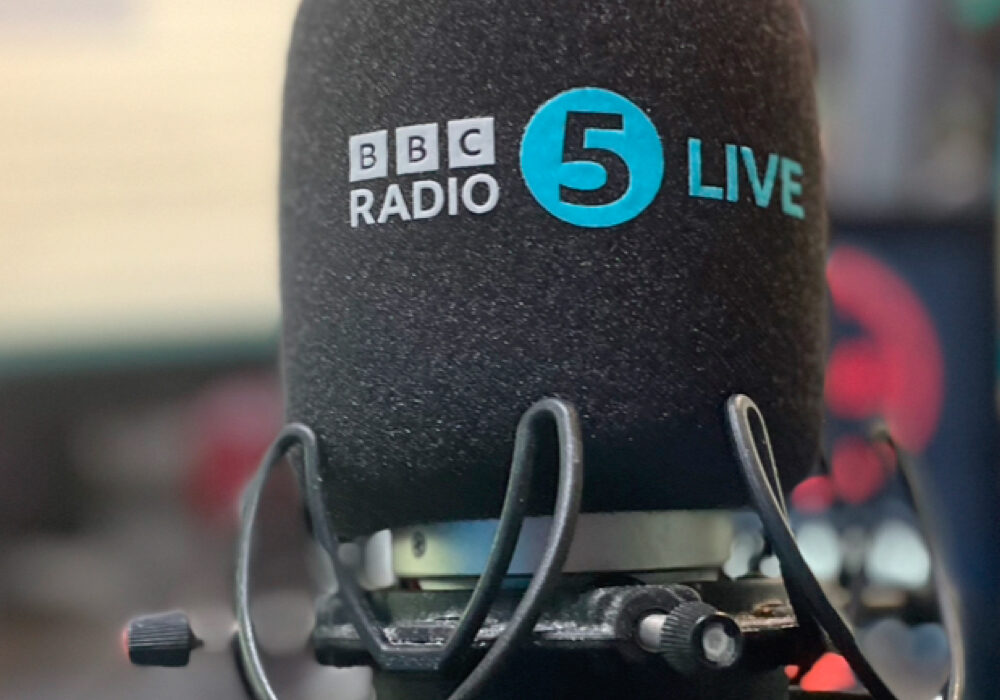Record-Breaking Quarter for UK Radio: A Deep Dive into RAJAR Q3 2024 Results
The latest figures from RAJAR (Radio Joint Audience Research) for Q3 2024 reveal a remarkable surge in the UK radio landscape, with a record audience of 50.9 million adults tuning in. This marks an increase from the previous record of 50.8 million set just a quarter earlier. The data not only highlights the resilience of traditional radio but also underscores the growing significance of online-only stations and digital platforms.
Commercial Radio on the Rise
Commercial radio has seen a notable increase in its share of listening, now accounting for 53.3% of total listening hours—a significant jump from 50.9% two years ago. In contrast, the BBC’s share stands at 44.5%. This shift indicates a growing preference among listeners for commercial stations, which collectively reach over 40 million listeners weekly, up from 39.2 million in the same period last year.
The rise of smart speakers has also transformed listening habits, with 17% of total listening now occurring on these devices, reflecting a 22% year-on-year increase. Furthermore, online listening for commercial radio has surged to 32.8%, up from 28.2% a year prior, demonstrating the increasing importance of digital platforms in the radio ecosystem.
BBC Radio: Mixed Results
The BBC continues to be a major player in the radio industry, boasting 32.6 million listeners. However, the results are mixed across its various stations. BBC Radio 5 Live has achieved a significant milestone, surpassing 6 million weekly listeners for the first time in years. Conversely, BBC Local Radio has seen a decline, losing 298,000 listeners quarter-on-quarter. Notable drops include Radio Berkshire, which fell by 39%, and BBC Radio London, down 26%.
Despite these challenges, BBC Radio 1 and Radio 2 remain stalwarts, with 8.1 million and 13.3 million listeners, respectively. BBC Radio 4 has returned to its 2022 weekly reach of just over 10 million, while BBC Radio 3 has climbed back above 2 million listeners.
Commercial Stations Shine
Among commercial stations, Heart, Capital, and Smooth have achieved record-breaking audiences, with Heart leading the pack at 12.99 million listeners. Capital follows closely with 9.7 million, and Smooth Radio reaches 7.7 million. Notably, Heart 70s and Heart 90s have also recorded their highest listening figures to date, indicating a successful strategy in catering to nostalgic audiences.
LBC has added 476,000 listeners over the past year, reaching a total of 3.4 million, while LBC News has surpassed one million listeners for the first time. Radio X has also made headlines, achieving its highest ever weekly reach of over 2.3 million listeners, with 1.1 million tuning in to Chris Moyles’ show.
Boom Radio has reached new heights with over 700,000 weekly listeners, while the EE Official Big Top 40 has seen record-breaking figures of more than 1.8 million listeners. However, Bauer Media’s rebranding efforts have resulted in a collective loss of 600,000 listeners across its stations.
Regional Highlights and Challenges
The regional radio landscape presents a mixed bag of results. Clyde 1 continues to grow, now boasting 747,000 listeners, while Forth 1 has returned to its 2016 levels with 383,000 listeners. Conversely, KISS London has seen a dramatic decline, dropping 37% to 645,000 listeners, a stark contrast to its peak of over 2 million five years ago.
Greatest Hits Radio South Coast has experienced a 27% drop, while Nation Radio South has increased its audience by 29%. The Nation Radio brand has recorded a weekly reach of 709,000 listeners, showcasing its growing appeal.
Industry Reactions and Future Outlook
Industry leaders have expressed their excitement over the latest figures. Radiocentre CEO Matt Payton emphasized the continuing power of commercial radio, noting the positive trend in radio ad revenues. BBC executives, including Jonathan Wall and Julie Cullen, highlighted the importance of engaging content and innovative programming in attracting listeners.
Global’s Ashley Tabor-King CBE celebrated the growth of his stations, while Bauer Media’s Simon Myciunka acknowledged the strong connections their brands have with audiences. Nation Radio’s Jason Bryant and Lyca Radio’s Raj Baddhan also expressed pride in their respective achievements, indicating a bright future for regional and niche stations.
Conclusion
The Q3 2024 RAJAR results paint a vibrant picture of the UK radio landscape, showcasing both challenges and triumphs across various platforms. As traditional radio continues to adapt to the digital age, the increasing audience numbers signal a promising future for the industry. With innovative programming and a focus on listener engagement, radio remains a vital medium for connection and entertainment in the UK.
For more detailed insights and the latest RAJAR graphs, visit RadioToday.co.uk/rajar.
As the industry gears up for Radiodays Europe in March 2025, there’s no better time to celebrate the resilience and evolution of radio. Use code RTY25ATH for a discount and join the conversation in Athens!
